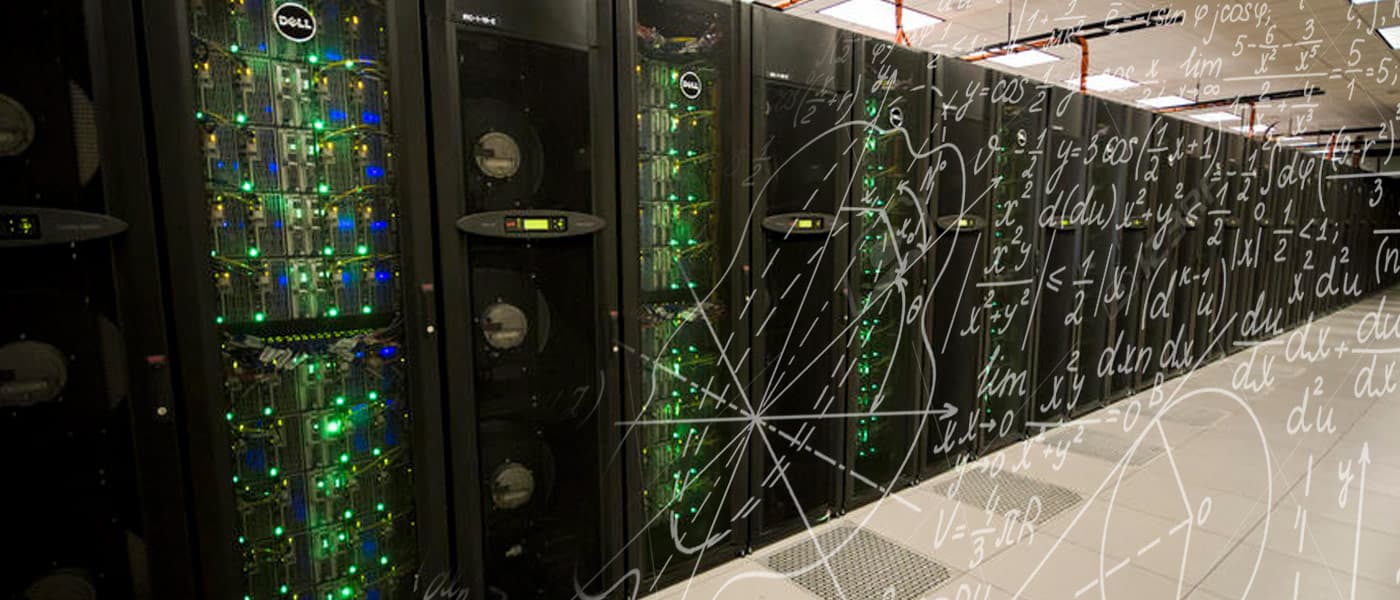It's the largest math proof. A supercomputer solved it in just 2 days. And it's 200 terabytes.
Yes, 200 terabytes. That’s the size of the file containing the computer-assisted proof for a mathematical problem that has boggled mathematicians for decades—known as Boolean Pythagorean triples problem.
The proof was compressed into a 68-gigabyte file, meaning anyone who wants to can download, reconstruct, and verify all the information embedded onto it. And individuals can do so, if they have the space processor time, in just about 30,000 hours.
The 200 terabyte file ultimately beats a previously established record for the largest-ever computer-assisted proof. It had a size of just 13 gigabytes.
Problem behind the proof
According to Ronald Graham, a University of California, San Diego mathematician and previous record-holder of the then biggest proof, having computers assist in creating proofs for combinatorics problems is quite common. He even offered a prize of US$100 for to anyone that could solve it.
As previously mentioned, the 200-terabyte proof solved a combinatorics type of mathematical problem called the Boolean Pythagorean triples. It asks whether each positive integers can be colored either red or blue, so that a combination of three integers a, b, and c, (Pythagorean Triple) can satisfy the Pythagorean equation, a 2 + b 2 =c 2, wherein none of the integers have the same color.
Computer run-time
Though the problem presented many allowable ways to color integers in different combinations, the scientists took advantage of techniques and symmetries in number theory to lessen the number of checks that the computer had to do. This step minimized the number of runs performed by the computer by almost 1 trillion.
Two days and 800 parallel running processors later, the Stampede supercomputer of the University of Texas produced the 200 terabyte file. A separate computer program was then used to verify the produced proof.
Despite having cracked the infamous Boolean Pythagorean triples problem, the record-breaking file still fails to provide answers as to why the coloring scheme is possible.
The proof revealed that yes, it was possible to color the integers in multiple ways; however, only up to 7,824. After this point, it's not possible. This raises more questions: Why is there a cut-off point at 7,825? Why is the first stretch possible?
The team's findings are featured in the Cornell University online library.
Share This Article
